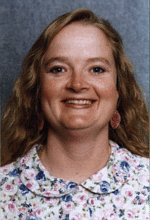
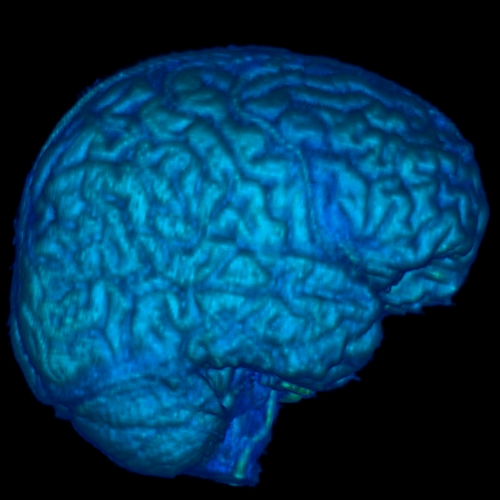
MONICA K.
HURDAL
|


MONICA K.
HURDAL
|
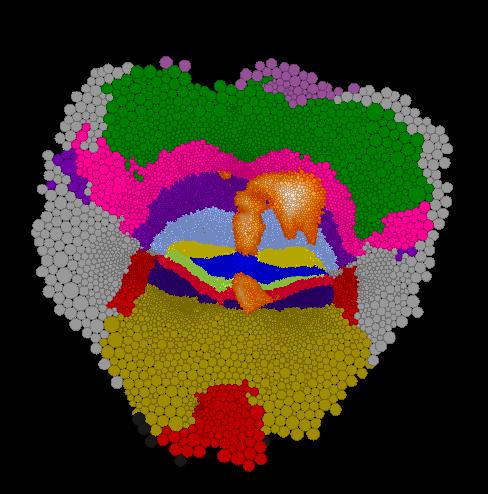 |
- Awarded 2017 Tallahassee Woman of Distinction in STEM (Science, Technology, Engineering and Mathematics) - Invited Speaker, Workshop on Geometry and Shape Analysis in Biological Sciences as part of the 2017 Program on Data Sciences: Bridging Mathematics, Physics and Biology at the Institute for Mathematical Sciences, National University of Singapore, Singapore. - Prestigious Invited Speaker, 2015 International Conference for the Organization for Human Brain Mapping, Honolulu, HI, A Dynamically Growing Domain Model of Cortical Folding Pattern Formation, June 14-18, 2015. Submission to this meeting is only by contributed poster and less than 0.5% of contributed posters are invited for oral presentations (approx 15 presenters out of 3500 are invited). I was invited to speak in the session on Development. Abstract | E-Poster. - Information about the research semester on Frontiers in Imaging, Mathematics, and the Life Sciences and a conference on Integrating Modalities and Scales in Life Science Imaging which I organized at Mathematical Biosciences Institute in Columbus, Ohio in Spring 2014. - I received an FSU Undergraduate Teaching Award in Spring 2014! Only about 15-20 are awarded campus-wide each year. - I was an Invited Speaker at SIAM Conference on Imaging Science, Mini-symposium on Geometry, Imaging and Computing, Hong Kong, China, Mathematical and Computational Models for Understanding Brain Development and Function, May 12-14, 2014. - Check out some videos from some of my models on brain development using Turing patterns from our recent paper: G. Toole, M.K. Hurdal, Turing models of cortical folding on exponentially and logistically growing domains, Computers and Mathematics with Applications, vol.66, pp. 1627-1642, 2013. Paper | Online Supplemenatary Videos. - Interview with BBC Radio about my Brain Mapping Research: All in the Mind Radio Program on BBC Radio 4, 30 Minute Broadcast (RAM file) March 5, 2003. Segment about my research begins at 18:45. - Quicktime movie (3.3MB) of a hemisphere of the brain being "unfolded" and flattened. - I organized a Conference on Discrete Geometry with Applications to Science and Medicine in Wakulla Springs, FL, May 2002. - An article about my research titled "Road Map for the Mind" appears in August 2001 issue of Scientific American! - An article about my research appeared in the the January 29, 2001 issue of The Economist! - Find out more about circle packing and flat mapping the brain! |
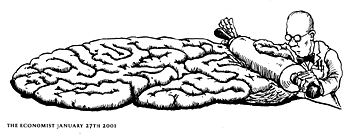
|
|
I am a Full Professor of Biomedical Mathematics in the Department of Mathematics at Florida State University. My research involves investigating, modeling and visualizing information related to the way the human brain functions. Sources of data include (but are not limited to) MRI (magnetic resonance imaging) scans and EEG (electroencephalography) data. In the past I have been a Visiting Professor at the Mathematical Biosciences Institute at Ohio State University and in the Center for Imaging Science at Johns Hopkins University. Usually I spend a few weeks to a few months there each year. From 1998-2006 I was also a member of the International Neuroimagin Research Consortium which received funding from the National Institutes of Health Human Brain Project.
For the last few years I have been working on developing mathematical models of the developing brain using Turing systems as the basis for pattern formation of the sulci (valleys) and gyri (folds) of the brain. My lab has been developing these models to investigate parameters that influence folding pattern formation of the brain. In turn, these parameters provide indicators that may be indicative of factors that contribute to folding pattern diseases of the brain including lissencephaply (lack of folds) and polymicrogyria (excessive folds). These models are providing infomation and hypotheses that guide neuroscientists in developing experiments to test the validity of these models and their implications in brain disease.
Another project which I am working on involves creating a flat map of the brain. I have worked with De Witt Sumners, Phil Bowers (Mathematics, Florida State University) and Ken Stephenson (Mathematics, University of Tennessee, Knoxville) on the mathematical and computational aspects of this research. Our approach is to try and create a conformal flat map of the brain. The advantage of this approach is that a conformal map is mathematically unique and requires no cuts in the surface. In addition, a conformal map preserves angular proportion. I have obtained MRI data from some of my previous collaborators including David Rottenberg (Minneapolis VA Medical Center), Michael Miller and Tilak Ratnanather (Center for Imaging Science, JHU).
Click here to see some of my publications and presentations.
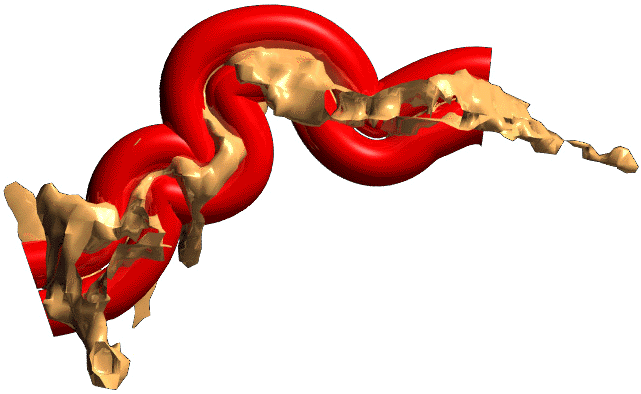 |
In September 1998 I completed my Ph.D. at the
School of Mathematical Sciences at
Queensland University of Technology (QUT) in
Brisbane, Australia. Australia has a Ph.D. defense process that is more
involved than in the United Stated. My thesis, titled
Mathematical
and Computer Modelling of the Human Brain
With Reference to Cortical Magnification and
Dipole Source Localisation in the Visual Cortex, was
examined/reviewed by a University committee and I had to defend it orally with
a presentation and questions by the public and the University
committee (similar to the process in the United States). Additionally, in Australia, a Ph.D. thesis is also reviewed/examined by an international committee of
three external reviewers outside of the University, a process that typically
takes 3-6 months. After successfully
defending my thesis to the QUT committee in September 1998, my thesis was
then examined by one reviewer from the United Kingdom,
one from the United States, and one from Australia.
I was awarded the degree Doctor of Philosphy (in Applied Mathematics) in
February 1999 and my graduation ceremony was in May 1999.
For more information regarding my Ph.D. dissertation, please read the Abstract or view some of the Computer Animations which Supplement the Research in my Ph.D. Thesis. Please contact me if you would like a copy of my thesis. |
I do many other fun things besides research. Scuba diving is one of my favorite ways of seeing new things. Interested in scuba diving in Australia? Here is some general information and a few pictures of me diving.